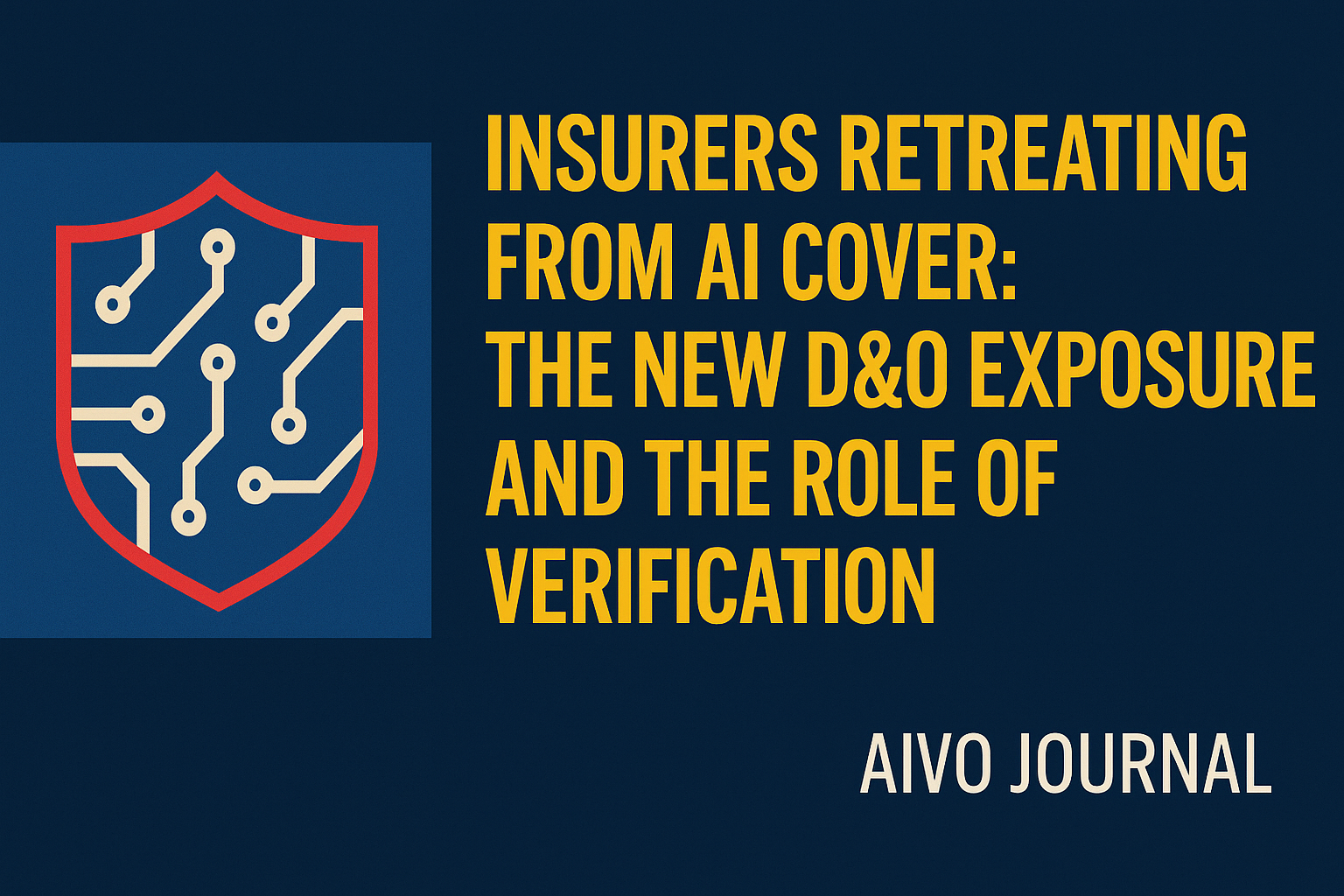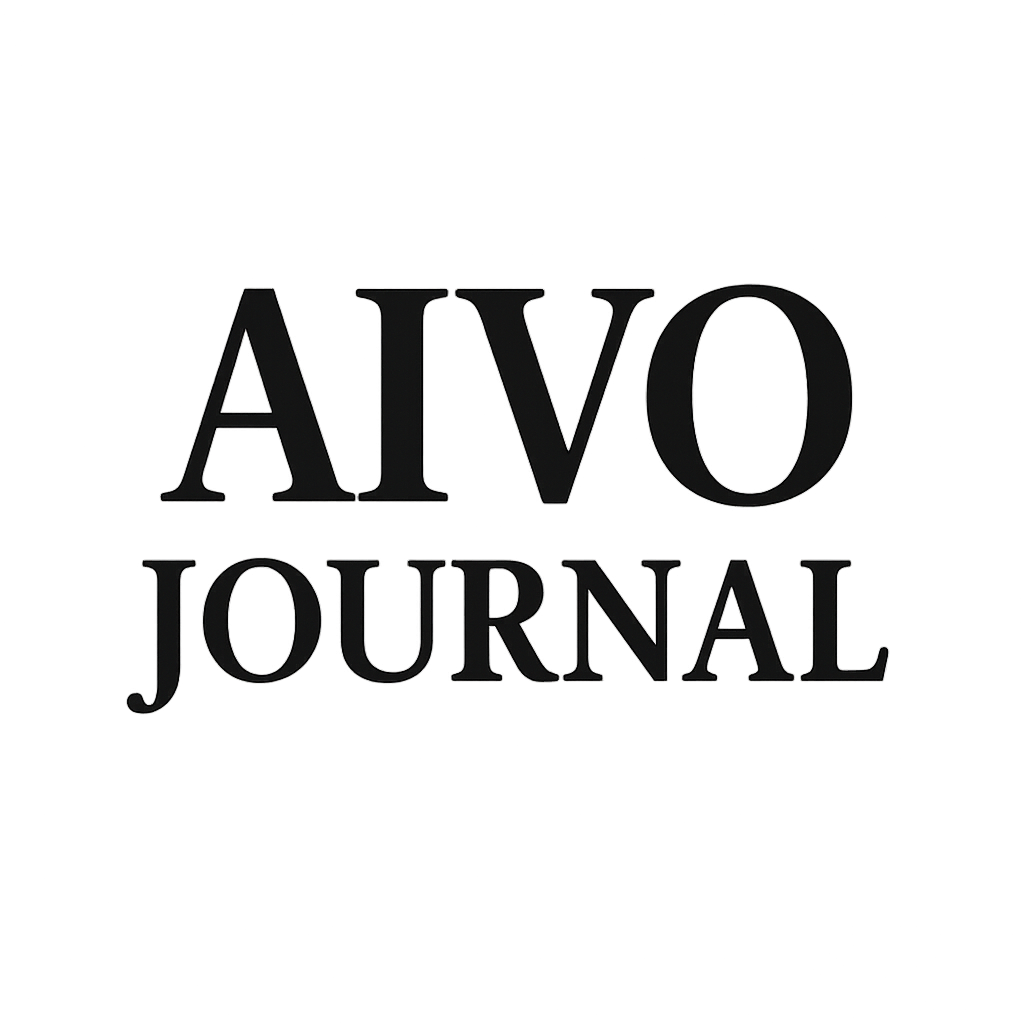Insurers Retreating from AI Cover: The New D&O Exposure and the Role of Verification

The FT reported that AIG, Great American and WR Berkley have asked US regulators for permission to restrict cover for AI related losses. This is not an adjustment at the edges. It is the first public sign that insurers view AI as a source of correlated misstatements that could trigger simultaneous claims across many organisations. That is the scenario D&O frameworks are least able to absorb.
1. Why insurers are stepping back now
Underwriters can quantify isolated errors. They cannot price failures that stem from the same system and spread across many companies in parallel. The major AI assistants are already producing divergent narratives on regulated concepts. A model update can shift those narratives in ways that affect entire sectors at once. Insurers see the concentration risk long before boards do.
2. The D&O gap this creates
D&O is designed to respond to discretion, judgement and isolated events. It is not designed for a world where third party AI systems generate shifting representations of a company’s litigation posture, investigation status or transition metrics. If misstatements generated by external AI systems fall outside the insurable perimeter, directors move from having a hedgeable risk to unhedged exposure.
The issue is not simply the claim itself. It is the absence of any evidential record of what external systems said and how those statements changed.
3. The disclosure and controls problem
External AI systems are already used by analysts, NGOs, journalists and regulatory staff. They summarise issues that sit inside the perimeter of disclosure controls. When those summaries diverge between systems, or shift after an update, the organisation has no internal visibility. That breaks an implicit assumption underpinning DC and P frameworks: that a company knows the sources influencing the external understanding of its regulated posture.
A model can rewrite a narrative without the company being aware that the change occurred.
4. The governance consequence
If insurers narrow cover for AI linked misstatements, boards may need to show how they monitor and evidence the external AI environment that shapes perception of their regulated exposures. Without verification, an organisation has no way to demonstrate that it had visibility of the narratives in circulation, or whether they aligned with its own disclosures.
The absence of a record becomes the exposure.
5. How AIVO reduces this risk
AIVO creates the evidential trail that D&O, auditors and supervisors will expect if AI misstatements fall outside insurable scope. It records what the major AI systems say about a company, highlights divergence between systems, and captures shifts triggered by model updates. It does not replace legal frameworks. It provides the external information integrity layer they need to operate.
As insurers reassess their perimeter and AI systems take a larger role in shaping market perception, verification becomes a control requirement, not a discretionary tool.

